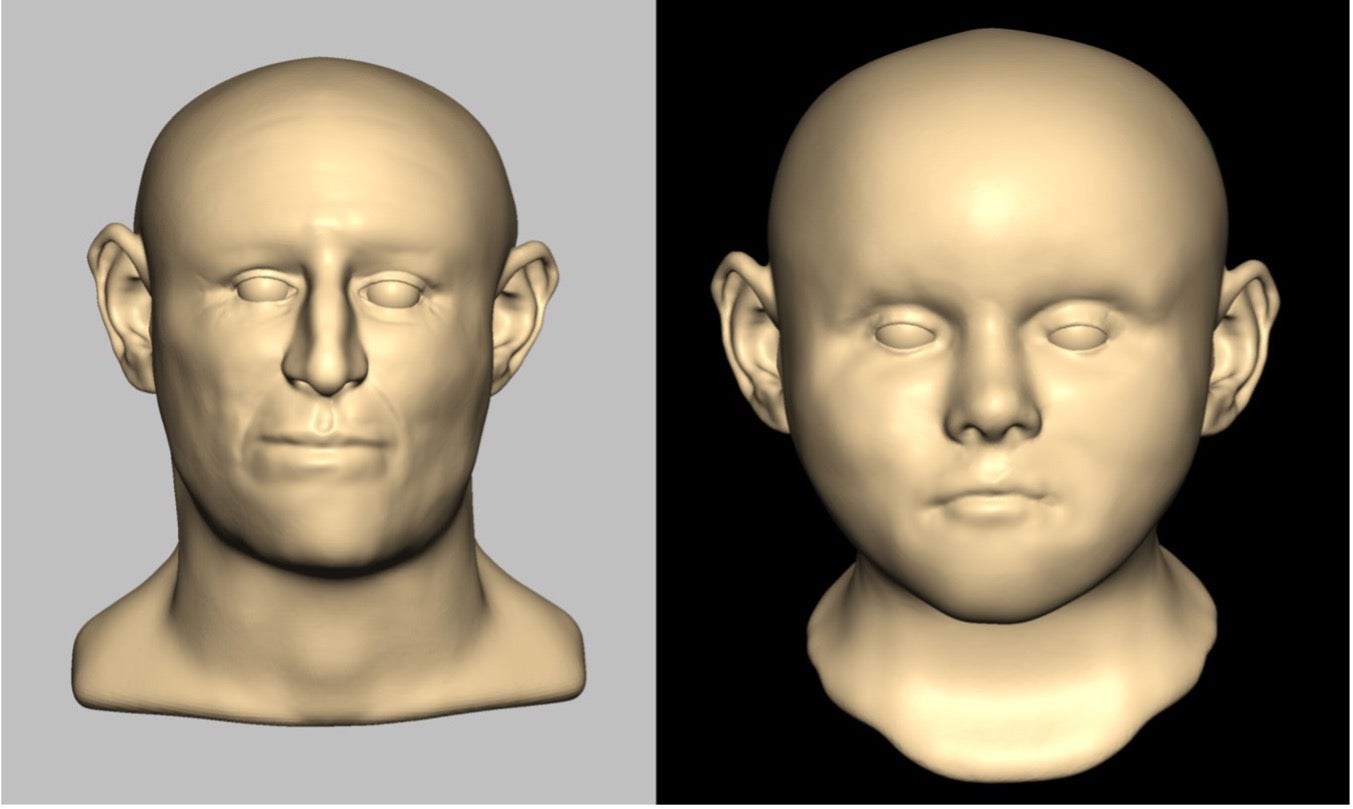DNA from remains found in medieval well ‘shines new light on Jewish history’
According to the study, the findings are consistent with these people being victims of a historically recorded antisemitic massacre.

Your support helps us to tell the story
From reproductive rights to climate change to Big Tech, The Independent is on the ground when the story is developing. Whether it's investigating the financials of Elon Musk's pro-Trump PAC or producing our latest documentary, 'The A Word', which shines a light on the American women fighting for reproductive rights, we know how important it is to parse out the facts from the messaging.
At such a critical moment in US history, we need reporters on the ground. Your donation allows us to keep sending journalists to speak to both sides of the story.
The Independent is trusted by Americans across the entire political spectrum. And unlike many other quality news outlets, we choose not to lock Americans out of our reporting and analysis with paywalls. We believe quality journalism should be available to everyone, paid for by those who can afford it.
Your support makes all the difference.DNA from human remains found in a medieval well suggests they belonged to Ashkenazi Jews who fell victim to antisemitic violence during the 12th century.
In 2004 archaeological excavations in central Norwich uncovered a medieval well containing the remains of at least 17 people, mostly children.
Researchers analysed DNA from six of these individuals, and found strong genetic link with modern Ashkenazi Jews, making them the oldest Jewish genomes to have been sequenced.
According to the study, the findings are consistent with these people being victims of a historically recorded antisemitic massacre by local crusaders and their supporters in Norwich on February 6 1190 AD.
It was quite surprising that the initially unidentified remains filled the historical gap about when certain Jewish communities first formed, and the origins of some genetic disorders
A specific antisemitic riot in 1190 CE was recorded by the chronicler Ralph de Diceto in his Imagines Historiarum II.
He wrote: “Many of those who were hastening to Jerusalem determined first to rise against the Jews before they invaded the Saracens.
“Accordingly on 6th February [in 1190 AD] all the Jews who were found in their own houses at Norwich were butchered; some had taken refuge in the castle.”
The findings indicate that four of the probable victims were relatives, including three young sisters (aged 5-10 yrs, 10-15 yrs and a young adult).
Their DNA included variants associated with genetic diseases that are found more commonly in Ashkenazi Jewish – one of two major ancestral groups of Jewish individuals – populations today.
Researchers suggest their study challenges the previous view that disease-related variants associated with Ashkenazi Jewish populations only became more common in the past 600 years.
The researchers also found that they carried markers associated with some genetic disorders for which modern day Ashkenazi Jewish populations are at higher risk.
Genetic disorders particularly common in certain populations can arise during bottleneck events, where a rapid reduction of the population can lead to big jumps in the number of people carrying otherwise rare genetic mutations.
Scientists from the Natural History Museum, University College London, Mainz and Cambridge Universities, and the Francis Crick Institute, conducted analysis on the remains of six of the people discovered at the site.
Unlike other mass burial sites, where bodies are typically laid in an organised fashion, skeletons from the well were oddly positioned and mixed, likely caused by being deposited head-first shortly after death.
Experts suggest these findings hint at mass fatalities such as famine, disease, or murder.
Ancient DNA cannot solve the puzzle of what caused the 17 people to die.
But by working with local historians, archaeologists, and the community, researchers have offered new insights into a significant historical crime, Jewish population history, and into the origins of Ashkenazi-associated genetic diseases.
Dr Selina Brace, a principal researcher at the Natural History Museum and lead author on the paper, said: “I’m delighted and relieved that 12 years after we first started analysing the remains of these individuals, technology has caught up and helped us to understand this historical cold case of who these people were and why we think they were murdered.”
Evolutionary geneticist and co-author Professor Mark Thomas, of University College London, said: “It was quite surprising that the initially unidentified remains filled the historical gap about when certain Jewish communities first formed, and the origins of some genetic disorders.
A deep well containing the bodies of Jewish men, women, and especially children forces us to confront the real horror of what happened
“Nobody had analysed Jewish ancient DNA before because of prohibitions on the disturbance of Jewish graves.
“However, we did not know they were likely Jewish until after doing the genetic analyses.’
Dr Tom Booth, senior research scientist at the Francis Crick Institute, said: “Ralph de Diceto’s account of the 1190 AD attacks is evocative, but a deep well containing the bodies of Jewish men, women, and especially children forces us to confront the real horror of what happened.”
The findings are published in the Current Biology journal.